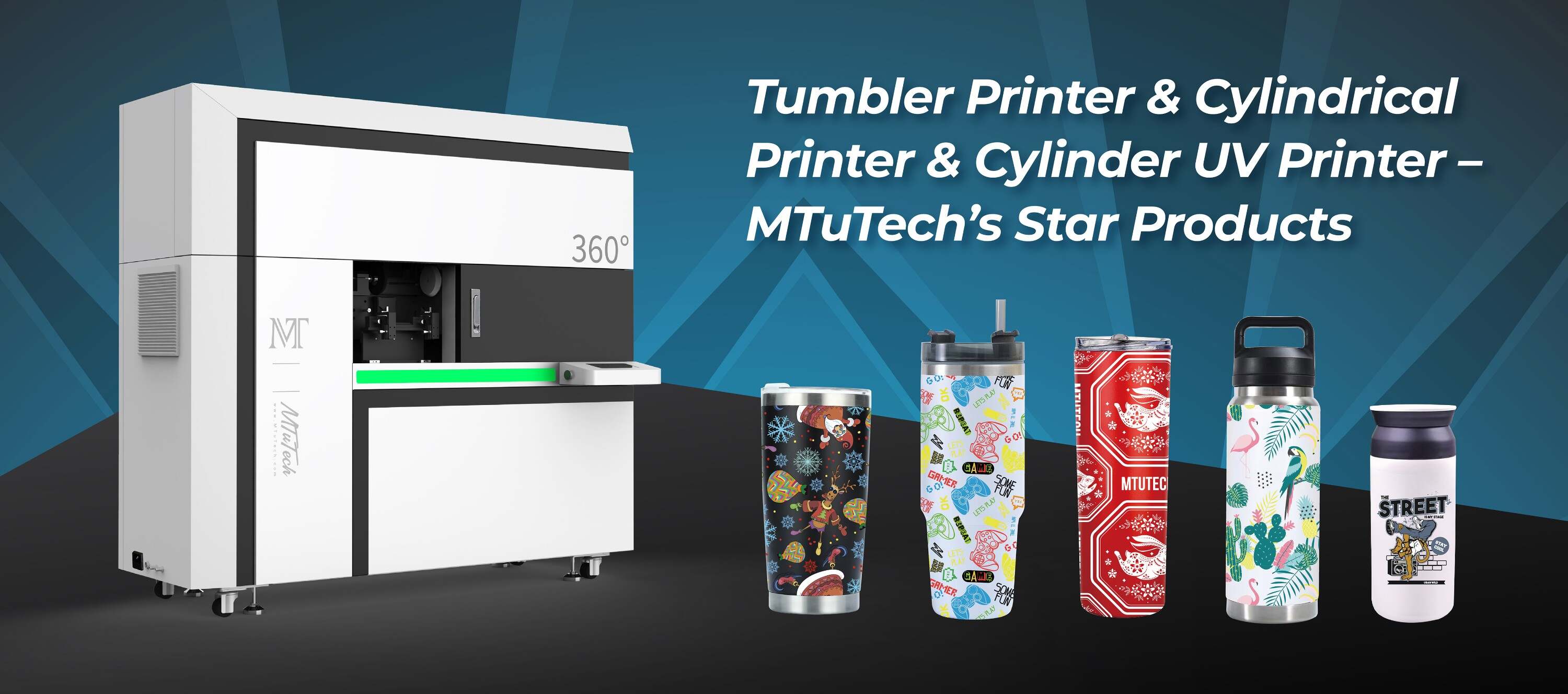How to Print Tumblers Without Color Banding or Ghosting
Introduction
Printing custom tumblers has become an increasingly popular way to create personalized gifts and promotional items. However, achieving perfect prints can be a challenge due to issues like color banding and ghosting. These problems can detract from the overall quality of your product, leaving customers dissatisfied. This blog post will provide you with practical tips and techniques to help you print tumblers without encountering these common printing problems.
Understanding Color Banding and Ghosting
What is Color Banding?
Color banding occurs when there are noticeable stripes or lines in gradient colors, giving a printed image an uneven appearance. This usually happens due to limited color depth or resolution in the printing process. When gradients transition too abruptly between different hues, the result can be less than appealing.
What is Ghosting?
Ghosting refers to an unwanted shadow effect or imprint that appears on the surface of a printed object. This phenomenon is often caused by inadequate printer calibration, incorrect tension during the printing process, or the printer’s speed being too high.
Common Causes of Printing Issues
Poor Quality Printers
The printer you choose can significantly impact the quality of your tumblers. Low-quality printers might struggle with color accuracy and consistency, leading to banding and ghosting.
Improper Printer Settings
Incorrect printer configuration can create a myriad of problems. If the settings such as resolution, color profiles, and speed aren't adjusted correctly, it can affect the final result.
Inadequate Material Preparation
The surface of your tumbler plays a crucial role in the final print quality. If the tumblers are not adequately prepared, issues like ink adhesion and consistency can arise.
Environmental Factors
Temperature and humidity levels can impact ink behavior and curing times, potentially leading to printing defects.
Tips to Prevent Color Banding and Ghosting
1. Choose a High-Quality Printer
Investing in a good printer specifically designed for tumblers can make a world of difference. High-end printers often have better color depth, resolution, and overall print capabilities. Explore our high-quality Tumbler printers here to find the perfect match for your needs.
2. Optimize Your Printer Settings
·
Resolution: Always set your printer to the highest possible resolution for clearer, more vibrant prints.
·
·
Color Profiles: Make sure to use the correct color profile for your projects to ensure accurate color reproduction.
·
·
Speed Settings: Experiment with slower printing speeds to give the ink more time to settle on the tumbler surface.
·
3. Prepare Your Tumblers Correctly
Before printing, ensure your tumblers are clean and dry. Use isopropyl alcohol to remove any contaminants or residues. This preparation will enhance ink adhesion and reduce the risk of ghosting.
4. Adjust Environmental Conditions
Maintain a controlled environment for printing. Ideal temperatures should be between 20°C to 25°C (68°F to 77°F) with relative humidity levels around 40%-60%. This balance can significantly reduce the risk of printing issues.
5. Use Quality Inks
Selecting the right type of ink is just as crucial as picking the right printer. High-quality inks typically have better adhesion, vibrancy, and longevity, leading to fewer issues in the final product.
Advanced Techniques to Enhance Printing Quality
1. Calibrate Your Printer Regularly
Regular calibration of your printer can help maintain consistent color quality and prevent issues like banding. It also aids in tracking any performance declines before they become noticeable problems.
2. Choose the Right Print Medium
Not all tumblers are created equal. Choose high-quality tumblers that are specifically designed for printing. Some materials can more effectively absorb ink, which can help minimize ghosting and enhance color clarity.
3. Use Anti-Ghost Tape
Using specialized anti-ghost tape during the printing process can help eliminate potential shadowing effects. This technique can be especially helpful when using faster printing speeds.
4. Maintain Your Printer
Regular maintenance of your printer can prevent many problems. Clean the print heads, check for blockages, and keep the printing surface in excellent condition to ensure optimal performance.
Testing and Adjustments
Conduct Test Prints
Before launching a full print run, conduct test prints to identify any potential problems. Assess the results for color accuracy, vibrancy, and any signs of banding or ghosting.
Adjust and Iterate
Based on the results of your test prints, make necessary adjustments to your printer settings, ink selection, or tumbler preparation. Continuous iteration and testing will lead to improved outcomes over time.
Conclusion
Printing tumblers without color banding or ghosting may require some trial and error, but by following the tips and techniques outlined in this blog post, you can achieve professional-quality prints. Focus on using high-quality equipment, optimizing your settings, preparing your materials properly, and maintaining a controlled environment. With diligence and practice, you’ll be able to create stunning, custom tumbler designs that captivate your customers.
FAQ
What type of printer is best for tumbler printing?
A high-quality UV printer designed specifically for tumblers is recommended. Such printers provide excellent color depth, resolution, and adhesion.
How can I prevent ghosting in my prints?
To prevent ghosting, ensure proper printer calibration, use appropriate speed settings, and maintain necessary environmental conditions. Preparing the tumbler surface correctly is also essential.
Is it necessary to conduct test prints?
Yes, test prints are crucial for identifying potential issues before running a full batch. They help in achieving consistent quality and making necessary adjustments early on.
Can I use any ink for printing tumblers?
No, it is best to use high-quality inks that are specifically designed for the type of tumbler material you are printing on. This can significantly affect the adhesion and vibrancy of your prints.

